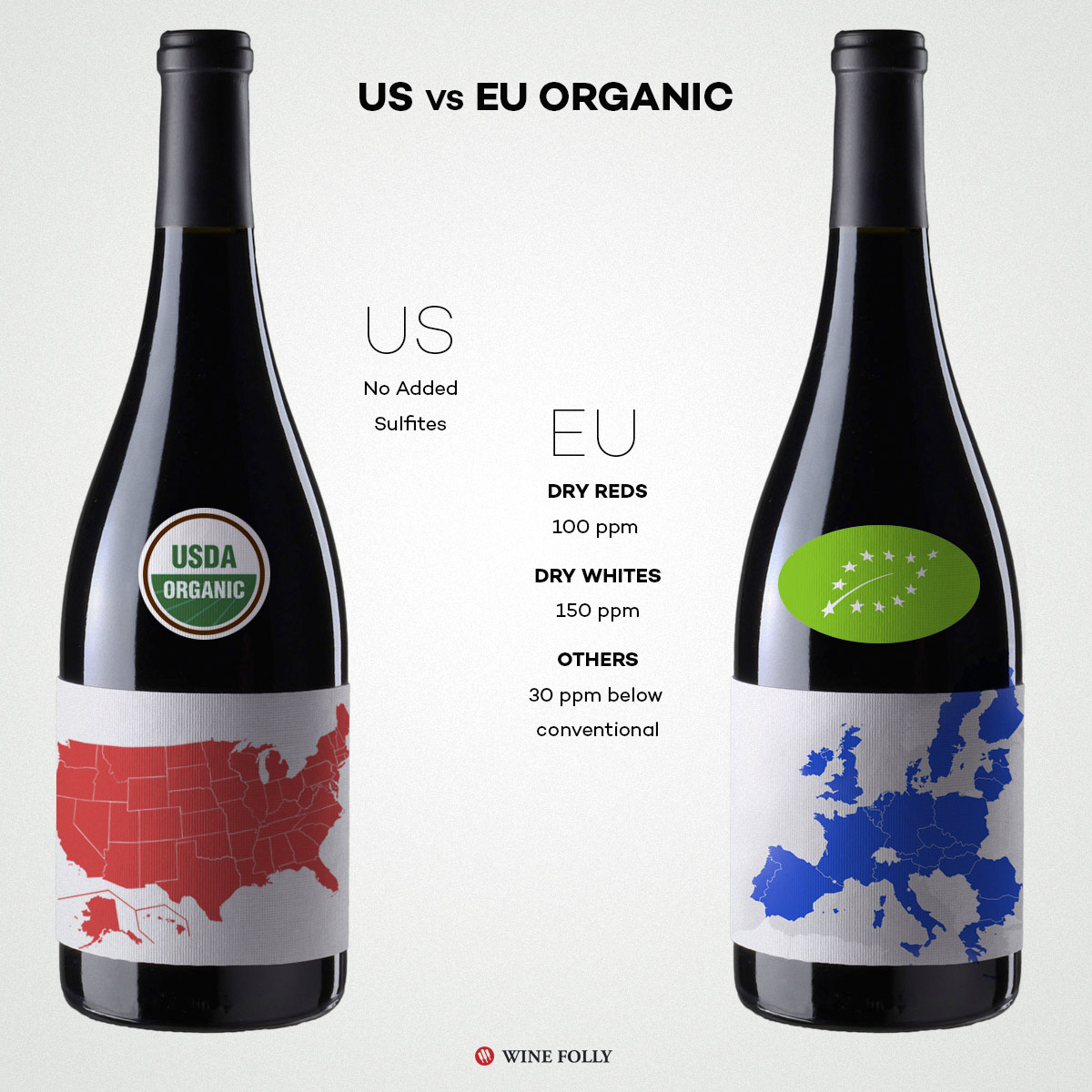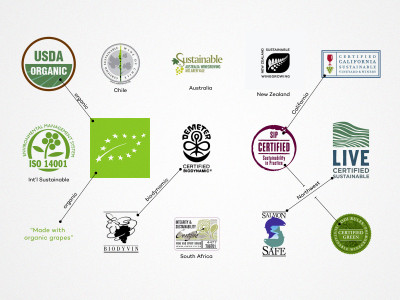There’s an organic wine dilemma taking place and it’s discriminatory, discouraging, and (in our opinion) downright wrong. What’s the problem? A difference in regulatory standards, which favor European wines and leave US wines…well, as organic outsiders.
The US and Europe have different requirements that must be met in order for a wine to be certified as organic. U.S. organic wine standards are considerably more strict, limiting the ability for US winemakers to certify their wines as organic.
As a result, many U.S. winemakers producing organically-grown grapes are unable to meet the benchmark requirements and are barred from marketing, selling, and labeling their wines as organic. That’s a major setback for businesses, given that demand for eco-friendly products is on the rise.
Unfortunately, until the U.S. Department of Agriculture (the gatekeeper for organic certifications) adjusts its standards to be on-par with those of the rest of the world, U.S. winemakers will be forced to keep playing by a different set of rules. That means that many U.S. wines that meet European standards for organic winemaking are sidelined on a technicality.
Organic Wines Are Not Always Made the Same
Check out this comparison between USDA and EU organic requirements:

The difference between the USDA and EU organic standards could negatively affect the growth of organic vineyards in the United States.
Sulfite allowance is the most notable difference between these two certifications and it’s the reason why there are so few American organic wines on the marketplace. If you are uncertain about what sulfites are, read The Bottom Line on Sulfites in Wine to clarify why sulfites are used in wine (and why they’re allowed in the EU organic certification). Essentially, sulfites act as a preservative for nearly all high-quality wines and, in most cases, are not a health concern.
The Solution: “Made With Organic Grapes”
One of the greatest benefits of organic wine growing is a diminished environmental impact. Contrary to what you might think, while there are relatively few USDA wines on supermarket shelves, there are actually a great many organic vineyards all over the U.S. Fortunately, the USDA allows wines to be labeled “Made with Organic Grapes,” which allow U.S. organic wine growers to distinguish their products somewhat.
This label includes additional quality requirements:
- Grapes are grown organically — no chemical pesticides or herbicides allowed.
- Wine production must be in accordance with the National Organic Program.
- GMO yeasts are not allowed (the only current potential GMO threat to wine).
- Wines must contain less than 100 ppm sulfites.
You’ll see “Made with Organic Grapes” printed in small text on the front or back label of wines.
Up Next: Beyond Organics
In 2019, the Sonoma wine region will be 100% sustainable. Find out what sustainability means for wine growing and why it’s the future for high-quality wine.
